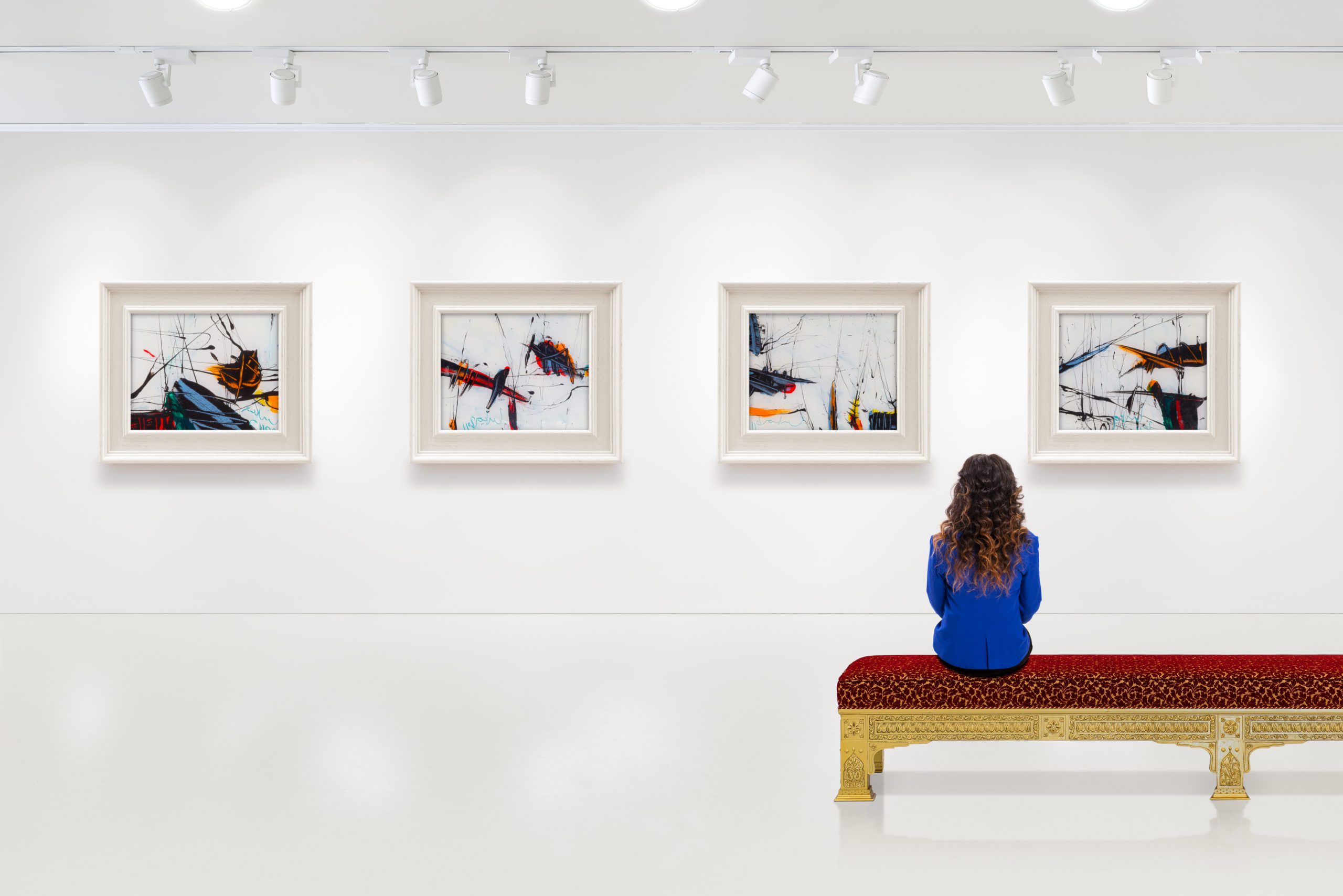
If it seems like you’re hearing the word “curate” everywhere you go, it’s because you are. Curate content. Curate data. Curate, curate, curate. But most people using “curate,” don’t know what it means.
Curate: to select items from among a large number of possibilities for select items from among a large number of possibilities for other people to consume and enjoy; applied to many areas including music, design, fashion, and especially digital media
First, people tend to forget curate is an action verb. To curate you need to make active choices and select specific items. Museums do this all the time.
They review a painter’s collection and select the paintings that best represent their work. They can’t use all the paintings – it is too much to showcase and may include items outside of the artists most relevant work. Museums directors take thoughtful selections of artwork that are representative of a total career.
The second part of the definition of curate is focused on letting people consume the information. Once the items are gathered, be it paintings or data, the greater challenge is putting them together in a way that people can understand.
If the paintings were hung around a room without an order, no one would be able to understand them. They couldn’t track the artist’s progression or the way they interpreted various elements. Arranging the items for greater understanding and new insights is critical.
But this isn’t what most people are doing.
We see a lot of companies gathering larger and larger sets of data and referring to that as curating. Large sets of data can be a powerful tool – and we at Cornerstone have enhanced and integrated capabilities to do just that, from data acquisition to data warehousing. But large data sets don’t always tell you what you need to know.
Sometimes new and critical insights get lost in these large data lakes. Curating data allows different patterns to emerge.
When we curate, we need to be sure we’re not just selecting a subset of items but rather that we’re taking the time to take thoughtful and representative selections of content that drive greater understanding and new insights.